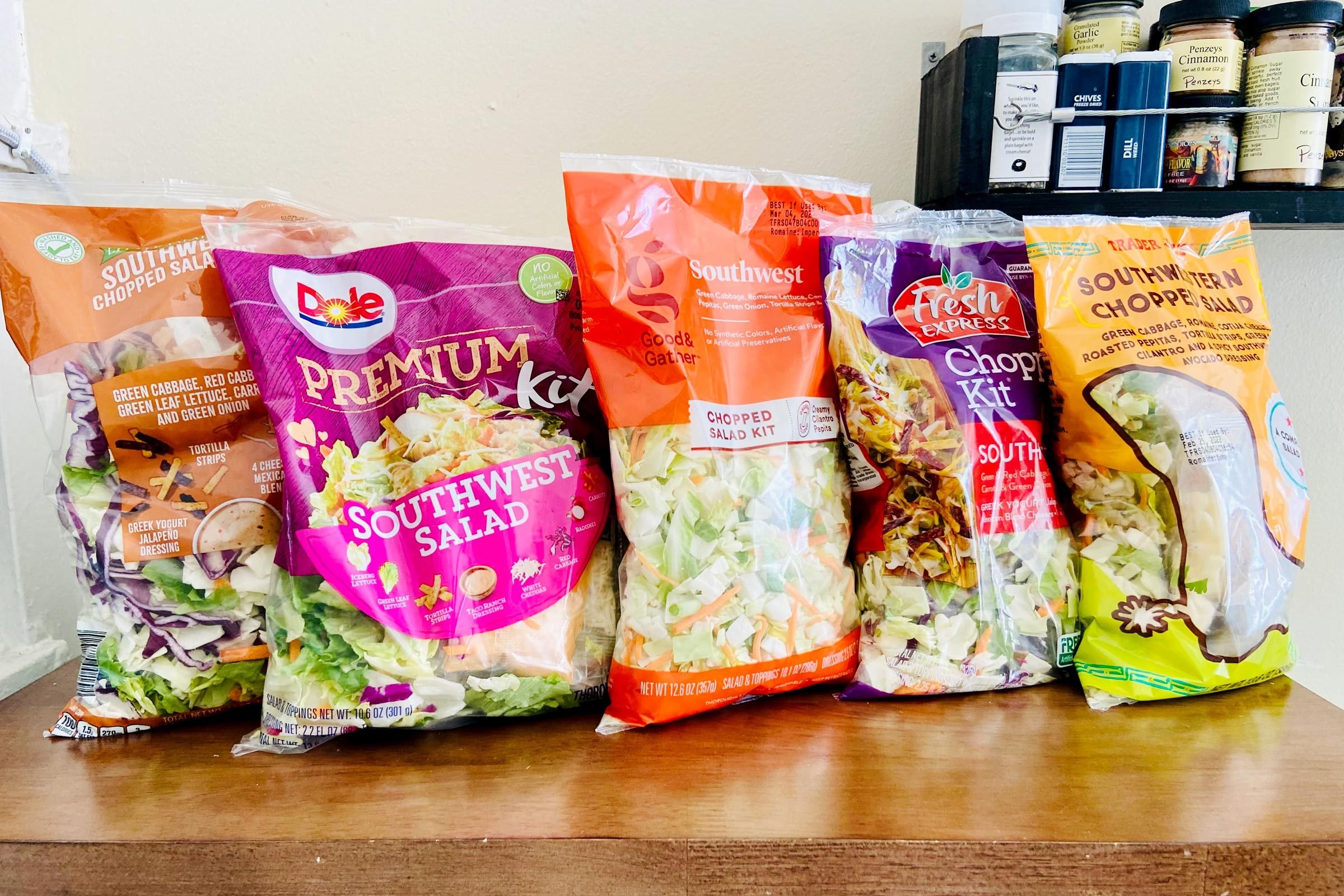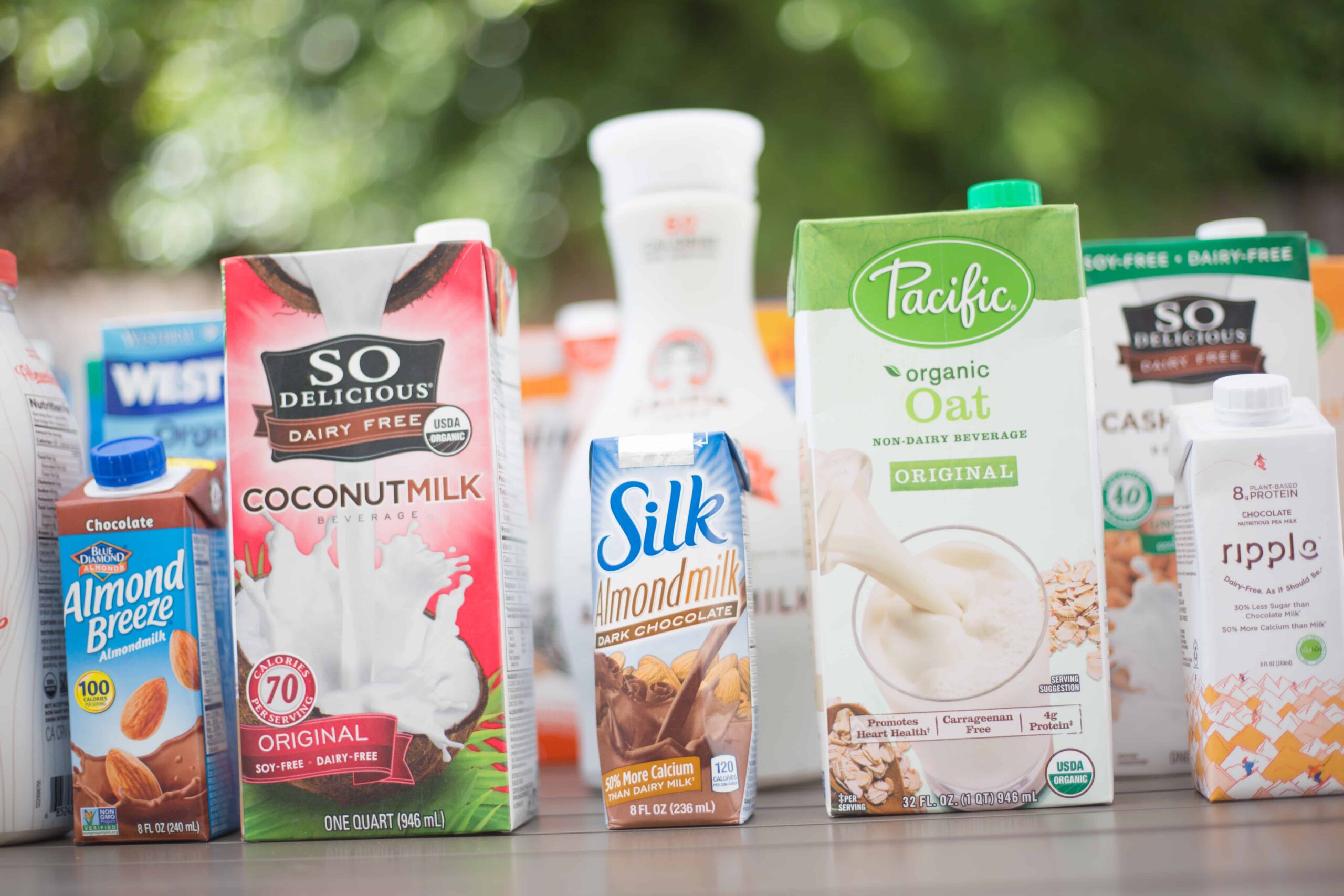Certain foods commonly perceived as healthy may not necessarily offer the expected nutritional benefits. Even though many products are considered “good,” they can still be highly processed, involving adding or altering raw ingredients.
This often includes incorporating substances like oils, sugars, and salts.
For instance, while whole-grain bread is typically seen as a wholesome source of fiber, it often contains emulsifiers to extend its shelf life.
These emulsifiers have been associated with health concerns, especially in children. Similarly, salad kits, which offer a convenient way to consume more vegetables, can contain additives linked to digestive issues such as increased gas.
Emulsifiers are food additives that help mix two substances that typically separate when combined (e.g., oil and water). Emulsifiers have one water-loving (hydrophilic) and one oil-loving (hydrophobic) end.
Even sugar-free yogurts, known for their gut-healthy probiotics, may be sweetened with aspartame, which has raised concerns about its potential link to cancer. Ultra-processed foods, which undergo multiple processing stages and often contain additional fats, colors, and artificial flavorings, can pose health risks.
While an apple in its natural state is minimally processed, applesauce goes through at least one level of processing, altering its composition by introducing ingredients like high-fructose corn syrup and sugar.
Research indicates that consuming too many processed foods significantly raises the risk of various health issues, including early death, dementia, and heart disease. Recent findings from China suggest that consuming ultra-processed foods, characterized by numerous ingredients, can increase the risk of heart attack and stroke by 24%.
Experts recommend focusing on foods with a limited ingredient list to make informed dietary choices. Registered dietitian Jessica Cording emphasizes the drawbacks of ultra-processed foods, noting that they tend to be high in sodium, sugar, unhealthy fats, and preservatives.
Studies have revealed that a significant portion of the U.S. food supply, approximately 73%, consists of ultra-processed foods. Moreover, more than 60% of the caloric intake in the U.S. is derived from such foods.
Although white bread and pasta have been associated with health risks due to their refined carbohydrate content, whole-grain alternatives are considered healthier due to their higher fiber content, which can mitigate sugar spikes and aid digestion.
Even whole-grain products often contain additives like emulsifiers.
While perceived as healthy, pre-made salad kits may contain numerous additives, including xanthan gum, linked to gastrointestinal issues.

Dairy-free milk alternatives like almond and oat milk offer calcium but may include various additives that could cause gastrointestinal distress.

Yogurt is commonly regarded as a nutritious breakfast option, but certain brands may contain additives and artificial substances. Some yogurt brands may also include artificial sweeteners that have sparked debates regarding their potential carcinogenic effects.
Protein bars, often consumed for convenience, may contain over 20 ingredients, some of which could contribute to inflammation.

Trail mix, while seemingly healthy, can contain oils with omega-6 fatty acids, which have been associated with inflammation and obesity.
Even oatmeal, a popular breakfast choice, can include additives like guar gum, which can cause obstructions in the esophagus and small bowel.
Plant-based meat alternatives frequently contain additives like coconut oil, high in saturated fat and linked to increased LDL cholesterol levels associated with heart disease and diabetes.
The perception of a food’s healthiness may not always align with its nutritional value. Reading ingredient labels and focusing on whole, minimally processed foods can help people make more informed dietary decisions.


